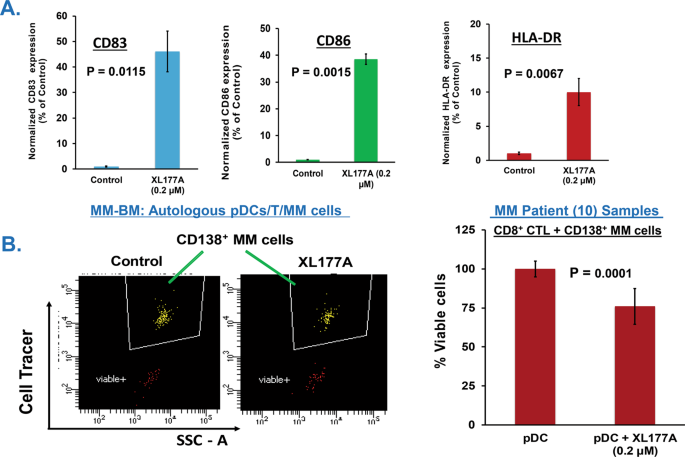|
Anapafseos 5 Agios Nikolaos 72100,Crete,Greece,00302841026182,00306932607174,alsfakia@gmail.com
Blog Archive
- ► 2022 (3010)
-
▼
2021
(9899)
-
▼
January
(1067)
-
▼
Jan 24
(17)
- Expression of expandedFMR1-CGG repeats alters mito...
- Human adventitial pericytes provide a unique sourc...
- Endothelium-dependent remote signaling in ischemia...
- Heme oxygenase-1(HO-1) regulates Golgi stress and ...
- Muscles in and around the ear as the source of “ph...
- Aesthetic and therapeutic outcome of fat grafting ...
- Targeting ubiquitin-specific protease-7 in plasmac...
- Periodontitis is a Factor Associated with Dyslipid...
- Effects of ibuprofen administration timing on oral...
- The systemic inflammation response index predicts ...
- Age‐related dental phenotypes and tooth characteri...
- Efficacy and safety of sorafenib plus vitamin K tr...
- Circ_0008305‐mediated miR‐660/BAG5 axis contribute...
- Real world outcomes of combination and timing of i...
- Targeting YAP‐p62 signaling axis suppresses the EG...
- Plasmodium falciparum FIKK9.1 is a monomeric serin...
- Administrative coding in electronic health care re...
-
▼
Jan 24
(17)
-
▼
January
(1067)
- ► 2020 (4138)
- ► 2019 (2429)
Αλέξανδρος Γ. Σφακιανάκης
Sunday, January 24, 2021
Expression of expandedFMR1-CGG repeats alters mitochondrial miRNAs and modulates mitochondrial functions and cell death in cellular model of FXTAS
Human adventitial pericytes provide a unique source of anti-calcific cells for cardiac valve engineering: Role of microRNA-132-3p
|
Endothelium-dependent remote signaling in ischemia and reperfusion: alterations in the cardiometabolic continuum
|
Heme oxygenase-1(HO-1) regulates Golgi stress and attenuates endotoxin-induced acute lung injury through hypoxia inducible factor-1α (HIF-1α)/HO-1 signaling pathway
|
Muscles in and around the ear as the source of “physiological noise” during auditory selective attention: a review and novel synthesis
|
Aesthetic and therapeutic outcome of fat grafting for localized Scleroderma treatment: From basic study to clinical application
|
Targeting ubiquitin-specific protease-7 in plasmacytoid dendritic cells triggers anti-myeloma immunity
|
Periodontitis is a Factor Associated with Dyslipidemia
|
Effects of ibuprofen administration timing on oral surgery pain: A randomized clinical trial
|
The systemic inflammation response index predicts the survival of patients with clinical T1‐2N0 oral squamous cell carcinoma
|
Age‐related dental phenotypes and tooth characteristics of FAM83H‐associated hypocalcified amelogenesis imperfect
|
Efficacy and safety of sorafenib plus vitamin K treatment for hepatocellular carcinoma: A phase II, randomized study
|







